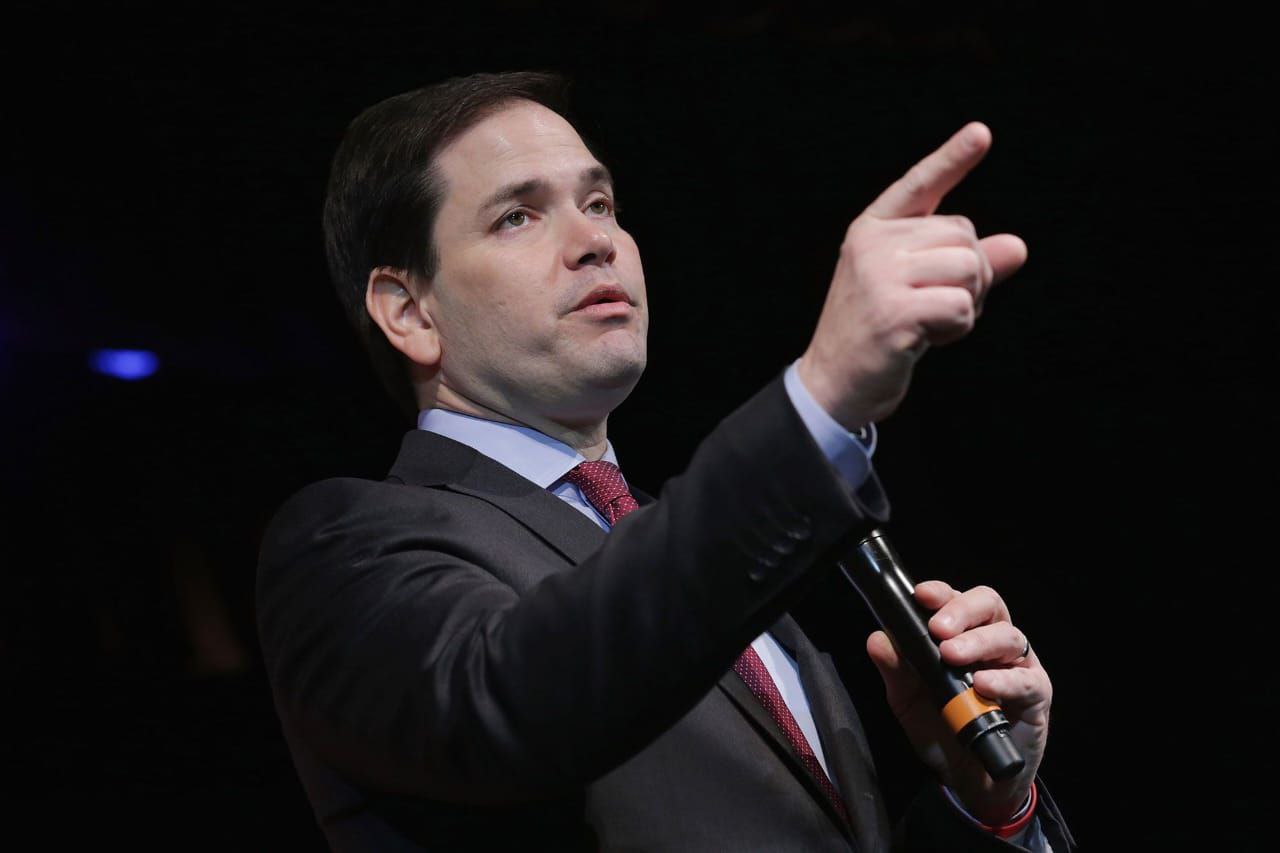The recent escalation of tensions between India and Pakistan, triggered by the tragic attack on tourists in Indian-controlled Kashmir on April 22nd, once again brought the fragile relationship between the two nuclear-armed neighbors into sharp focus. While military movements garnered significant attention, this analysis will specifically evaluate the diplomatic maneuvers employed by both nations in the lead-up to and during this crisis, focusing on their actions, communication, and engagement with the international community.
India’s Diplomatic Actions and Messaging:
Following the Pahalgam attack, India’s diplomatic response was characterized by a swift and assertive approach.
Immediate Downgrading and Border Measures: India’s decision to downgrade diplomatic ties, close the Attari border crossing, and suspend the Indus Waters Treaty immediately after the attack served as a clear and decisive signal of its strong condemnation and intent to isolate Pakistan. This action aimed to convey a sense of accountability that India placed on Pakistan.
Public Communication and Information Sharing: Indian diplomats actively communicated their assessment of Pakistan’s alleged involvement, citing the Kashmir Resistance group’s purported links and the presence of Pakistani military personnel at the funerals of the attackers. Publicly sharing this information aimed to build international understanding of India’s perspective on the origin of the attack.
Articulating a Shift in Response: The framing of “Operation Sindoor” as establishing a “new normal” in India’s response to cross-border terrorism was a key diplomatic message. Indian diplomats likely played a crucial role in conveying this strategic shift to the international community, emphasizing a move towards a more assertive stance.
Consistent Stance on Bilateralism (Initially): India initially reiterated its preference for bilateral resolution of issues, resisting immediate calls for third-party mediation. This diplomatic position aimed to project an image of strength and self-reliance in managing its relationship with Pakistan.
Persistent Focus on Cross-Border Terrorism: A consistent element of India’s diplomatic outreach was the reiteration of its long-standing অভিযোগ that Pakistan harbors and supports militant groups operating in Kashmir. This remained a central theme in their communication with international partners.
“Beyond the immediate diplomatic messaging and strategic posturing, India’s representation in its diplomatic corps also subtly conveyed a powerful message on the global stage. The visible presence and active roles of women diplomats in articulating India’s stance, engaging with international media, and participating in crucial discussions sent a strong signal about India’s commitment to gender inclusivity in its foreign policy apparatus. This representation not only reflects India’s internal progress but also projects an image of a modern, forward-thinking nation where women are at the forefront of shaping its international relations and conveying its resolve on critical global issues.”
Pakistan’s Diplomatic Response and Messaging:
Pakistan’s diplomatic response during the crisis focused on denial, calls for de-escalation, and highlighting the underlying Kashmir dispute.
Swift Denial of Involvement: Pakistan promptly denied any connection to the Pahalgam attack and expressed condemnation for the loss of life. This immediate denial was a central pillar of their diplomatic strategy to deflect blame.
Emphasis on Restraint and Dialogue: Pakistani diplomats, including Foreign Minister Ishaq Dar, publicly advocated for restraint from both sides and emphasized the necessity of dialogue to resolve the escalating tensions. This messaging aimed to portray Pakistan as a responsible actor seeking peaceful resolution.
Highlighting the Kashmir Dispute: Pakistan continued to frame the recent crisis within the broader context of the long-standing Kashmir dispute, seeking international attention and potential mediation on this core issue.
Acceptance of Third-Party Intervention: In contrast to India’s initial stance, Pakistan welcomed offers of mediation from various countries, including Iran, and ultimately the United States, viewing it as a crucial pathway to de-escalate the immediate crisis.
Focus on the Indus Waters Treaty Suspension: When India suspended the treaty, Pakistani diplomats immediately raised concerns about its implications for Pakistan’s water security, signaling its critical importance.
An Evaluation of Diplomatic Actions:
India’s diplomatic efforts were characterized by a clear, consistent, and assertive messaging aimed at holding Pakistan accountable and signaling a shift in its response strategy to cross-border terrorism. The swift initial actions and the clear articulation of a “new normal” demonstrated a determined diplomatic posture. However, the subsequent acceptance of a US-brokered ceasefire might suggest a limitation in fully achieving its immediate objectives without external facilitation.
Pakistan’s diplomatic actions focused on deflecting blame, advocating for de-escalation, and seeking international intervention. Their willingness to accept third-party mediation ultimately played a role in achieving a ceasefire. Their consistent highlighting of the Kashmir dispute aimed to broaden the narrative beyond the immediate crisis.
It is important to note that this evaluation is based on publicly available information and focuses solely on the diplomatic actions and communication of both sides during this specific period. A more comprehensive understanding would require access to internal diplomatic communications and strategic considerations.
The Role of Diplomats:
In this recent crisis, diplomats from both India and Pakistan were instrumental in:
Articulating National Positions: Clearly conveying their respective governments’ stances, accusations, and intentions to the international community.
Engaging in Communication (Direct and Indirect): While high-level direct talks were limited initially, diplomatic channels likely played a role in conveying positions that eventually contributed to the ceasefire.
Managing International Perceptions: Working to shape international opinion and garner support for their respective narratives.
Responding to International Pressure: Engaging with and responding to the concerns and initiatives of other nations and international organizations.
Conclusion:
The diplomatic responses from India and Pakistan during the recent tensions reveal distinct approaches and priorities. India’s assertive and direct messaging contrasted with Pakistan’s emphasis on denial, de-escalation, and international engagement. While a ceasefire was ultimately achieved, facilitated by external actors, the underlying issues driving the conflict persist. This situation underscores the continuous and critical role of diplomacy in managing the complex relationship between these two nations and the ongoing need for sustained diplomatic efforts to foster long-term stability in the region.





